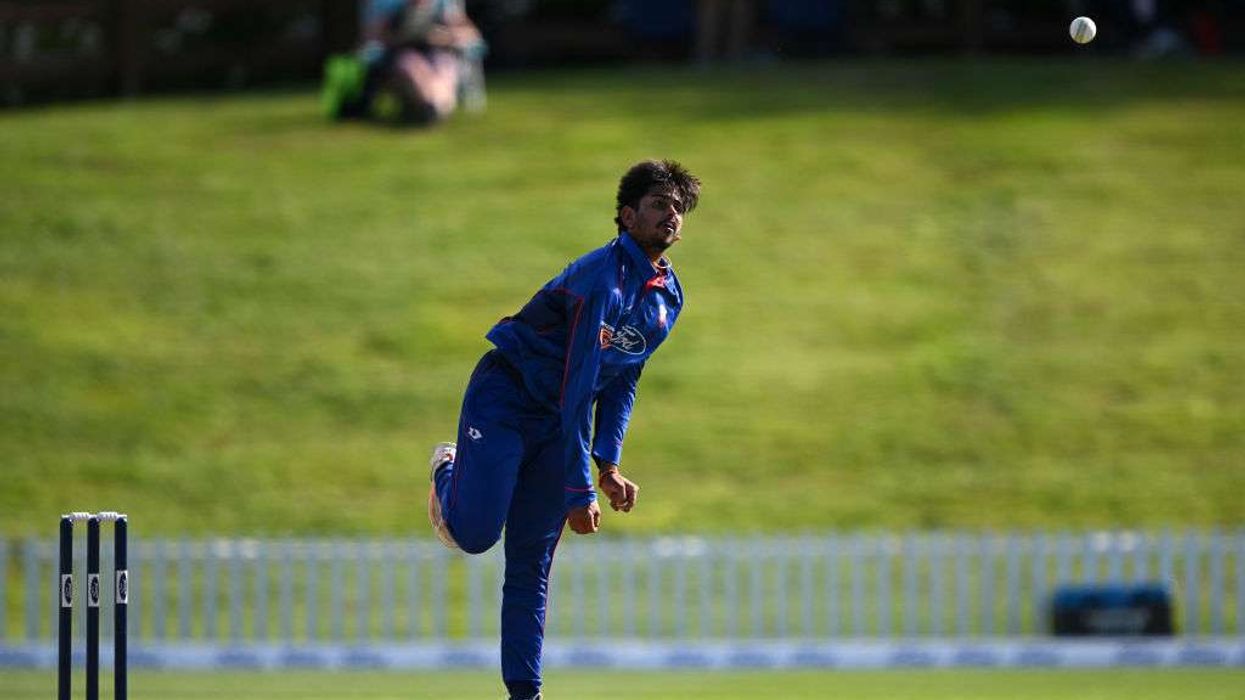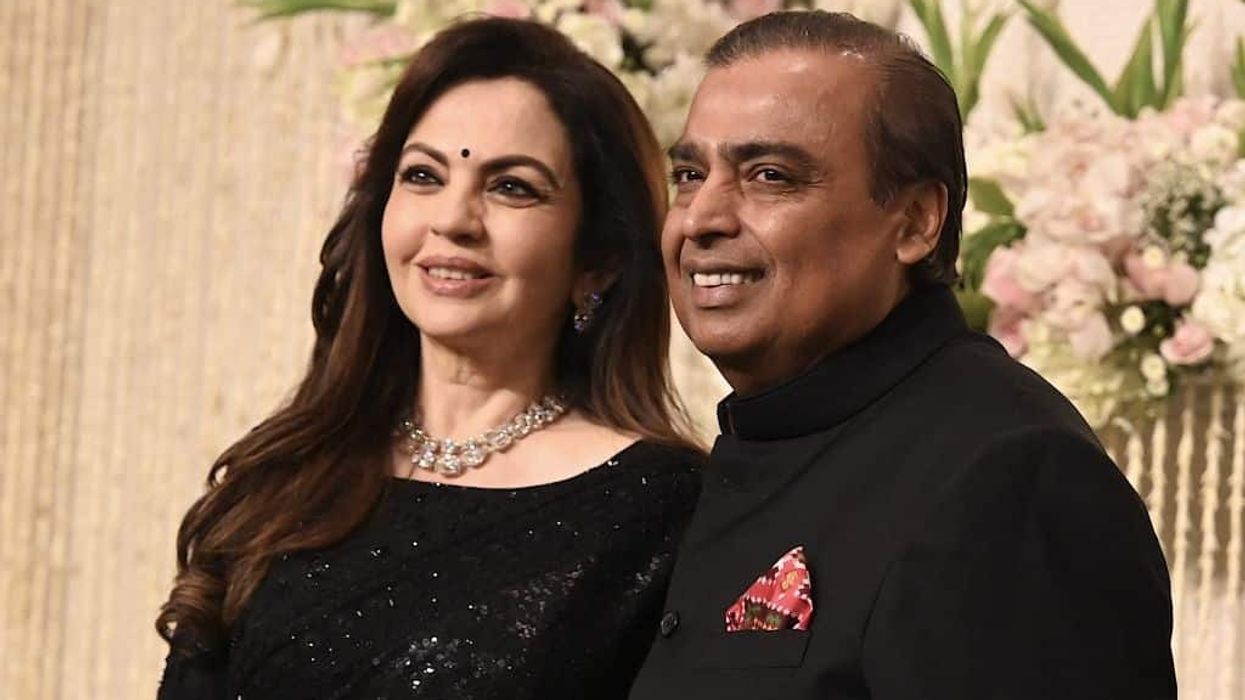As an Indian child adopted and raised in Sweden, Nilakshi Elizabeth Purve Jorendal, was always curious about her birth mother.
Her adoptive parents were open about her background, which was "hard to miss when you are a brown girl growing up in a white country" with three white siblings, said Jorendal, now 44.
So in the late 1990s she started to search for her birth mother, an on-and-off process that took years but finally succeeded.
But rather than the happy reunion she expected, Jorendal opened up a heartbreak suppressed for decades - finding she had been taken against her mother's will from an orphanage near Pune in western Maharashtra state to Helsingborg, Sweden, in 1976.
"My mother was pregnant when my father died. She had delivered me in an orphanage. She never wanted to leave me," Jorendal said.
"She told me she was coerced, tricked and pressurised to give me up by her own family members who wanted her to remarry," she said after visiting her ailing mother in Yavatmal, 670 km (420 miles) east of Mumbai in Maharashtra state this month.
Jorendal is one of thousands of Indian children who were given away during rising numbers of inter-country adoptions in the 1970s when there was no law in India to regulate this.
Studies show that India was in the top five countries sending children to the United States between 1978 to 1995 but stories of corruption started to cause considerable controversy.
But it was not until a Supreme Court judgment in 1984 that private adoptions were banned and the Indian government started to monitor and regulate adoptions.
However campaigners said as more of these children become adults and set out to find their birth parents, more are uncovering the fact that they were forcibly taken.
The charity Against Child Trafficking (ACT), that helped Jorendal in her search, has reunited around 40 inter-country adoptees with their birth mothers in the past six years, with a rising numbers seeking help and uncovering the truth.
CHILD TRAFFICKING
"These children were treated as abandoned by the officials who put them up for adoption and within six months they were abroad," said Arun Dohle of ACT, who was adopted from India to a German family in Aachen.
"This should be treated as trafficking of babies."
Jorendal said she would have never guessed anything was wrong at her first meeting with her mother in 2015 which was stilted and arranged discreetly so that her mother's children from her second marriage wouldn't know.
But she found out what really happened at a second meeting this month which was warm and effortless as the two women had bonded over conference calls Jorendal made from Sweden aided by a Marathi translator.
She said she was "still processing the information" that her mother shared from her hospital bed - of how she was forced to leave her in the orphanage and was remarried, cutting all contact with her first child.
"(My mother) was more worried about my health and wants to see me married," added Jorendal who studied law but couldn't work due to problems with epilepsy and a blood disorder.
But Jorendal wants to find out exactly what happened and has mailed her queries to the orphanage superintendent, who is 90 and settled in Australia, and is awaiting a response.
LEGAL SEARCHES
Dohle said he realised the challenges for children adopted from India - and the exploitation that was involved in many cases from the 1970s - when he set out to find his birth mother as he wanted to find out why she gave him up.
After a 17-year struggle, in 2010 he successfully sought access for his original adoption papers from India's Supreme Court. He finally met his mother in Pune and, as news spread, other adopted children like Jorendal started contacting him.
"I had so much difficulty establishing my identity," said Dohle who co-founded ACT in 2008 with Dutch whistleblower from the European Commission, Roelie Post, a leader campaigner against inter-country adoption.
A year later, India tweaked rules allowing adopted children access to original adoption papers.
Dohle said some of the cases were tragic for the families as the pattern of exploitation emerged.
"We had a case of a mother whose child was taken by a money lender she owed money to. In another case, a hospital kept the child as the unwed mother couldn't pay the fee after her delivery," Dohle said.
In his own case, Dohle's was taken from his mother without her consent.
"This is trade of children. There is no real consent. If there is a consent, the mothers are under pressure to give up their children," he said.
The Central Adoption Resource Authority (CARA), India's main body to monitor and regulate adoptions that was set up in 1990, said these cases date back to before adoptions were regulated.
"Such a situation will not arise in the future as the children are now declared legally available for adoption by the child welfare committee after due process," said Deepak Kumar, chief executive officer of CARA.
This process includes counselling the mother or couples relinquishing their children and a two-month reconsideration period when the parents can change their decision.
But campaigners have voiced concerns that as regulations have become stricter, illegal trade of babies has grown with India reporting major baby trafficking cases.
Last year Mumbai police arrested a gang for convincing single mothers to part with their babies then selling them, while in West Bengal police found babies being stolen from women at medical clinics with staff telling them they were stillborn.
But for those like Jorendal, whose adoptive mother died 12 years ago, piecing together her past is her main concern.
"Life in Sweden is good. I never felt something was wrong. But now I feel something is not right," she said.











